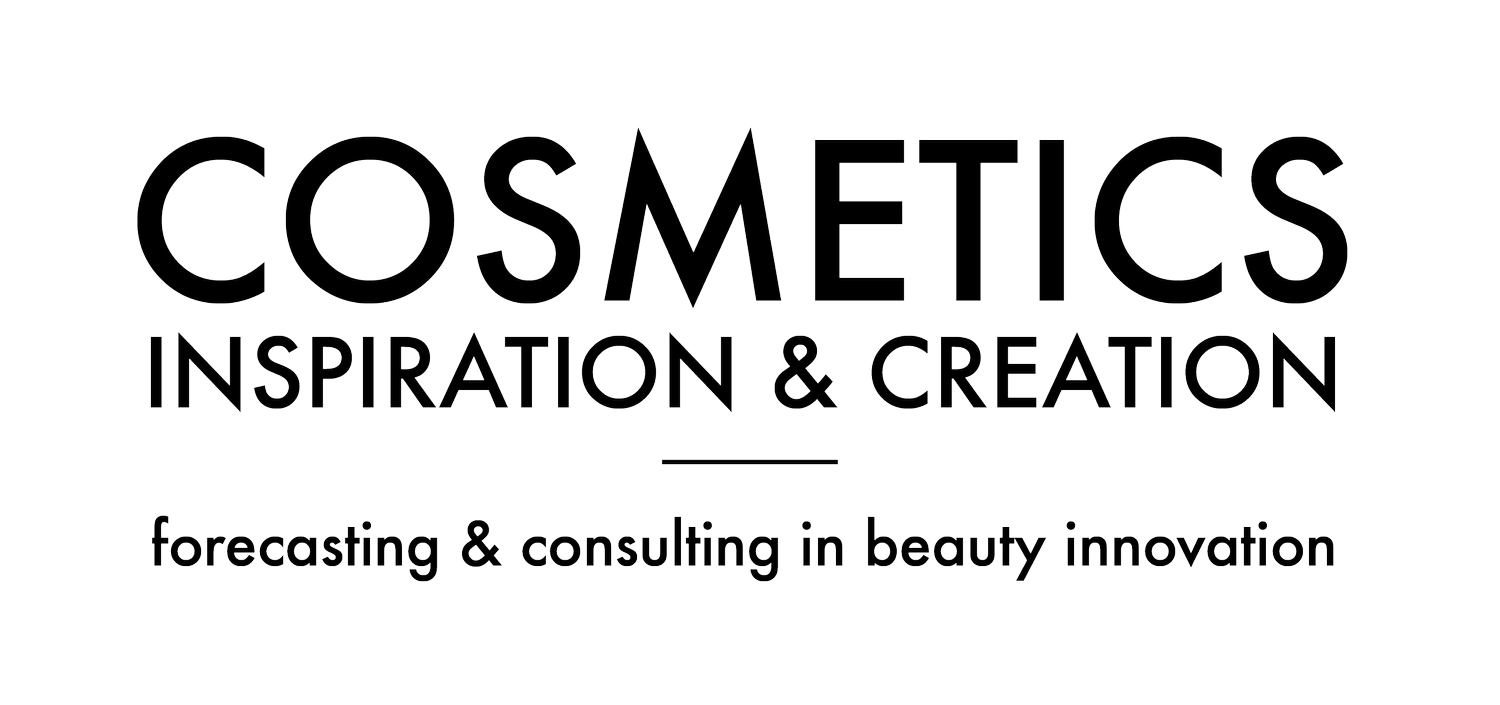Credits: @Taylor Hernandez
“Nourish rather than decorate” could be the motto of this new trend celebrating perfect complexion through skincare - replacing covering makeup routines.
With her pledge to #NoMakeup, Alicia Keys was one of the very early adopters in 2016 when she boldly appeared barefaced on the cover of Here. Legend says that her photographer Paola Kudacki saw her getting off the gym with her post-workout glow, and convinced her not to wear makeup.
AN ART AS SOPHISTICATED AS MAKEUP
A bareface revolution? Not quite. Because just like the Nude trend back in the 2000’s, “SkinUp” relies on a strict routine and a massive work on complexion. Dotti, the “no makeup” makeup artist behind Key’s looks deciphered the process back in this WMagazine article.
According to her, this global lifestyle includes clean nutrition, lots of sleep, lots of working out, no alcohol, heaps and heaps of moisturizing masks (and grated raw cucumber), cold roll-on treatments and pure face oils (especially Jojoba).
And, just like the Nude look, a lot of makeup, applied with precision, with subtle tints, fake lashes added in brows and faux freckles.
Credits: RCA/Paola Kudacki
A QUEST FOR SINGULARITY
Since 2016, the art of “SkinUp” has become a hot subject, becoming the main look for Gen Z and Indie Brands, mostly famous with the brand Glossier and its “skin that looks like skin” motto.
The new quest for inclusiveness made room for more mixity in skin and hair, a celebration of skin disparities (freckles, lines, vitiligo) and singularities. Insta brand Freck even launched the very first faux-freckle ink.
Credits: Instagram @freck
Faces are bare, highly dewy, with rosy glossy cheeks and full brows (#glowyskin = 271 000 publications on Instagram).
Credits: Instagram @glossier
“The recent boom of tints and concealers is very revealing on what “SkinUp” is” deciphered Leïla Rochet, founder of Cosmetics Inspiration & Creation. “Young generations build up their complexion with little strokes, on face’s strategic points, letting their disparities and freckles shine rather than covering them with foundation. New concealers are generally enriched with perfecting and hydrating agents, and help build this very natural finish.”
Just like star brand Glossier puts is “Skin first. Makeup second”, or “skin that looks like skin.”
Credits : The Grayscale
“Skin Up” is visible in market’s latest numbers as shown by NPD. The skincare category grew its sales by 15 percent in Q3 to reach to $1.3 billion , though makeup’s growth rate was at +1 percent.
New hybrid makeup products are also deeply infused with skincare to achieve dewy skin, like Flesh’s Fleshpot Eye & Cheek Gloss. A face gloss inspired by Fashion shows to let the light hit eyelids, cheekbones and brows. Same approach for Josh Rosebrook’s Hydrating Accelerator, a mist that enhances the hydrating powers of any moisturiser.
Credits: fleshbeauty.com
Kiwie brand Skin by Ecostore went one step further with the #ThisisMe campaign, showing their founders and fans barefaced on Instagram, wearing only their skincare products.
Credits : Instagram @skinbyecostore
Is Skin Up the end of makeup? Probably not- however, it shows consumers increasingly chose naturalness, singularity, as well as a growing fusion between skincare and makeup. It is also the reflexion of a society driven by Wellness. But the final quest still remain: showing perfect skin.
Skin Up is part of the Skincare Innovation trend-report by the Cosmetics Inspiration & Creation agency. Interested? Contact the agency.







